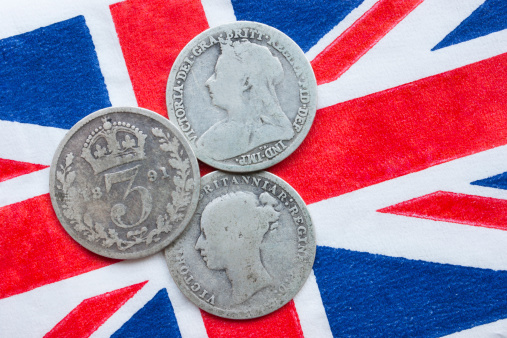A slightly improved ‘please pay your taxes’ letter netted the U.K. 15 percent in unexpected revenues.
A ten percent cut in military energy expenditures was predicted when processes were changed in mid-air refueling, in vehicle usage, and in equipment handling.
And for many years, experts have stated that highway speeds of 60 mph, reduced from 70 mph, would save 2 percent of all U.S. household energy.
Common sense? Well, sorta. Within the relatively new discipline of behavioral science, changes in human actions and reactions can account for some amazing results. And though in many cases academics rule this philosophy and these procedures, it’s we as communicators and marketers and designers who make transitions happen.
Think with us here as we expostulate on three of ‘their’ principles:
- Frame the change in language that appeals to the audience. Hmmm: Ever send the same message to front-line customer service reps as you would to an R&D organization?
- There’s a bias towards the status quo. Benefits folks will swear on a stack of comp statements that the choice to opt out of a new program yields a higher number of recruits than making an active choice … or opting in.
- Make it easy. We favor checklists, fill in the blanks, almost anything that’s a snap to finish and send.
A few years ago, the U.K.’s Behavioral Insights Team, with a budget of a mill or so (in US $$), performed so well that the government now mandates behavioral science as a civil servant course. Business, take notes!

